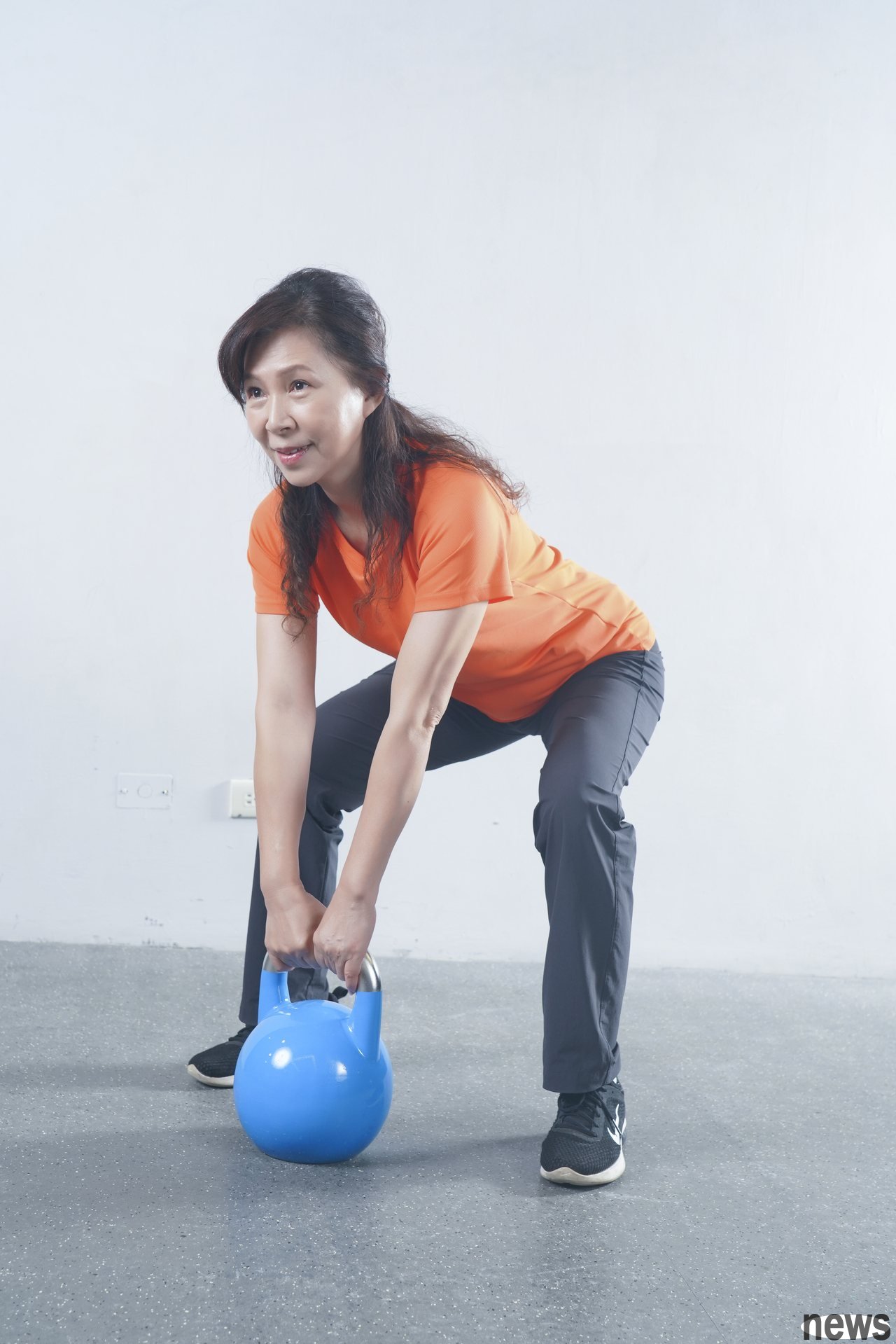
The fundamental reason for the existence of muscles and strength is to support us in completing various actions in life, so that we can "live well".
In the previous article, we mentioned that one of the two essential elements of muscle strength training, "diverse action mode", and these diverse action practices hope that they can be applied to life in the end. We call this the "functionality" of training, which means the ability to apply in daily life. The purpose of training is to maintain the ability to operate daily, carefully observe, we open our eyes every day, and all behaviors in life are composed of actions.
Review your life scenes of getting up in the morning, and turn over from the bed, and you will be able to "push" your body from the bed. When you walk to the bathroom where you wash, you will have the movement of "single foot to support your body and move forward". Standing up from the bucket is the movement of the double foot from "squat to stand up" (many people who practiced the squat the day before yesterday, but the next day they could prove that they had a little pain in the bucket). The ability to pull the thick and large door in the house represents a "pull" action.
These are the actions we usually do not have enough to swell, but for my grandfather, who already has sarcopenia and has weak muscle strength, it is just a heavy task.
Every grandpa’s birthday, his father would carry his whole family to his favorite "Sakura" restaurant for dinner. When my father carried us to the destination, looked at my grandfather, slowly got off the car from the back seat of the car with a cane, and then sat in front of the table, it was actually a shocking process, and everyone had to be careful.
Getting off the car is a mission one. Grandpa must sit in a low position from the back seat, first step out of the door, and then stand in a position where he stands straight outside the car. I watched him stretch out one end of the crutch first, stand on the ground, helping him to pull his body out of the door. But if your body is not strong enough, you are always afraid that he will fall back to the back seat again.
The five stages that stepped onto the store door are mission 2. After getting off the car, we carefully stared at whether our grandfather could step on his feet at every step, stepped onto the stage, then climbed up to the first level, then reached the store door.
Opening the store is a mission three. Grandpa held his hand on the door. Sometimes I think the time has stopped for a second? The weight of the door seemed to be in tug of war with his strength. Finally, Grandpa won the victory and opened the door, so we could have a good birthday meal on the dining table.
What grandpa lost is not muscle mass or sufficient muscle strength. What he really lost is the ability to complete all "actions".
This is the "functional" meaning of training. Using training to increase muscle strength is actually just a means. Our real purpose is to enable you to do all your actions better and more powerfully in your daily life. The most important meaning of training is not beyond this.
Four functional action modesMuscles will never work alone. The generation of each action requires a lot of muscle division and cooperation, and coordination between each other to complete. As long as the burden is gradually increased under the diverse action mode, the muscles can be stimulated in all aspects and bring good training results.
Therefore, if we can develop from the "functionality" and look at training from the perspective of "practice of various movement patterns", instead of using the "local muscle swelling" thinking, we can give us the most correct and effective muscle training results.
The muscle training plan of this book is all composed of action mode and is classified into four categories:
→ for the lower half of the body, it is classified into two categories: "double foot squat" and "single foot".→ From the above half body, it can be divided into two types: "push" and "pull".
Next, we will introduce the four major action modes and tell you the meaning of each action mode to the body.
1. Double foot squat stand
Squat is the most classic "Bend-and-lift" training movement. The simplest application of this form of daily life is to stand up from a chair or a low bucket. If you can correctly practice this action mode, you will learn how to use the gluteus and thigh muscles to complete the action, thereby reducing the burden on the knees.
In addition, this action mode is more functional, including the action element of squatting down to "lift the floor heavy objects up". Anyone who needs to lift the large bucket of drinking water in the office or lift a box of heavy objects from the floor will need to pass this action mode. If you can master it well, you can pick up the heavy objects from a low point to reduce the situation where the force is flashed to the waist or even the protrusion of the vertebrae due to errors in the development.


2. Single leg
Single leg is actually a lower body movement pattern that is more likely to appear in daily life. It is more functional, but it is the most likely form of training that most people ignore.
For example, "lung stance" is one of the classic single-stitch training actions, and it has a very wide application. From the simplest form of walking to climbing stairs and climbing, we will pass the process of stooping the ground, changing the center of gravity of our bodies, and constantly moving forward. It also involves aerobic exercises such as running and riding in single cars, which are also single-foot wheel flow.
And for the growth of sarcopenia risks, single foot movement is an indispensable element. Compared to double-foot squat standing, the movement of the single foot involves a "unlikely" standing posture, which requires body balance and stability.. Just like myself, after years of muscle training, when I regained my interest in dancing that year, I also felt that my body quality was much better than that year.
Have you found out? Although muscle strength training is about prolonging muscle strength loss and increasing muscle mass, we do not focus on various "muscles", such as gluteus, dorsal, and pectoral muscles, but on the "movement mode", including double foot squat, single foot movement, push, and pull.
Looking at "action" as "movement" is a holistic thinking, and looking at how "muscles" are enlarged is a local thinking. Therefore, developing from a functional action mode can provide you with correct and effective muscle strength training!
※ This article is excerpted from "Teacher Zhenzhen for 40+50+60+ Muscle-building and Slow-Oldness Training Course"."The 40+50+60+ Training for the Training of Slow-Body Promotion of Brain and Slow-Growth of Brain"
Author: Zhenzhen Training (Shi Yiru)
Publisher: Adopting Culture
Publication Date: 2021/04/29

"Teacher Zhenzhen 40+50+60+ Muscle-building and Slow-Old Training Course" is sealed.
Picture/Provided by